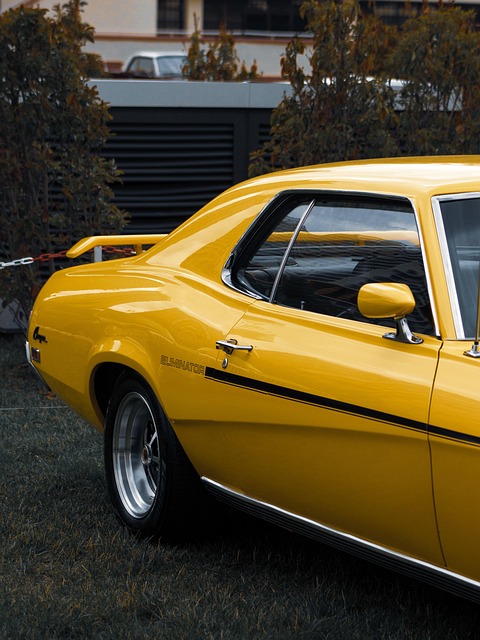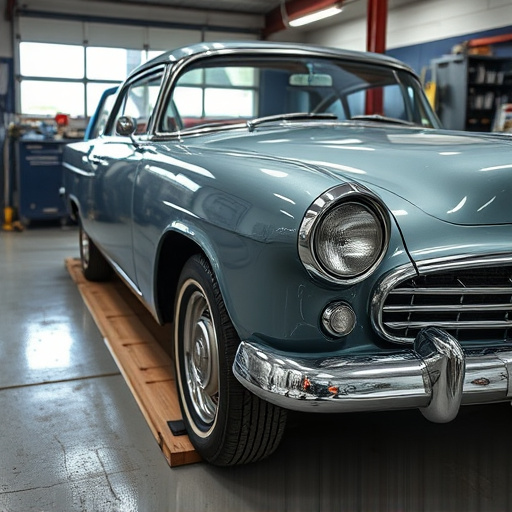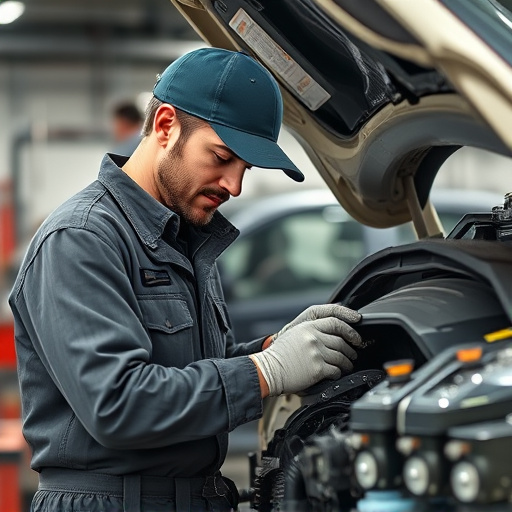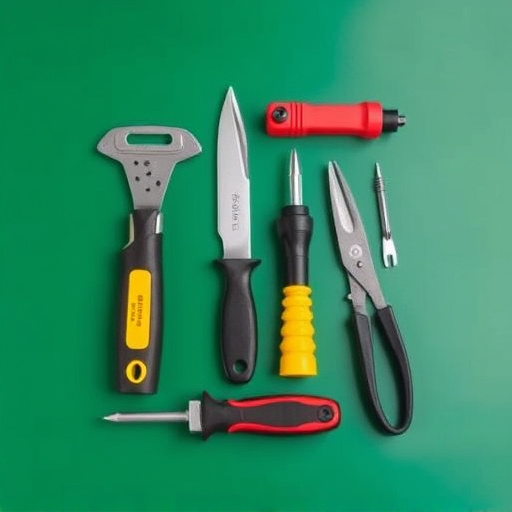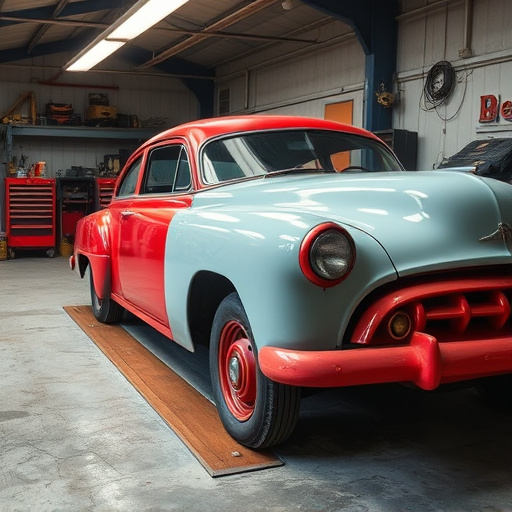Mercedes ventilated seat repair involves understanding the climate control system's function and potential issues like reduced airflow or odor problems. Skilled technicians offer diagnostics and repairs, including bodywork and painting, to restore optimal performance and appeal. A meticulous guide for DIY repair includes parking in a well-ventilated area, disconnecting power, disassembling the seat, inspecting components, replacing faulty parts, reassembling, reconnecting power, and testing functionality.
After updating your Mercedes’ climate system, you may encounter issues with its iconic ventilated seats. This guide addresses common problems and provides a step-by-step repair process for Mercedes ventilated seat repair. Understanding how these seats work and the potential updates that could disrupt their functionality is key to successful troubleshooting. Learn how to identify and fix problems, ensuring your Mercedes remains a comfortable ride.
- Understanding Mercedes Ventilated Seat Functionality
- Common Issues After Climate System Update
- Step-by-Step Repair Guide for Ventilated Seats
Understanding Mercedes Ventilated Seat Functionality

The Mercedes ventilated seat is a modern convenience designed to enhance comfort during hot summer days or after strenuous physical activities. It features a sophisticated climate control system that circulates air through strategically placed vents in the seat cushion and backrest, providing a refreshing cool down effect. This innovative feature not only adds luxury but also addresses the specific needs of drivers and passengers seeking relief from heat and humidity.
Understanding how this system functions is crucial when addressing any Mercedes ventilated seat repair issues. The climate control unit, often located under the vehicle’s seat or in the trunk, manages the air flow by activating fans and opening/closing valves to regulate temperature and direction. Over time, components may degrade or wear out, leading to reduced airflow or even complete failure of the system. Recognizing these potential problems is the first step in ensuring proper auto body repair or classic car restoration for your Mercedes-Benz vehicle.
Common Issues After Climate System Update

After updating your Mercedes climate system, several common issues might arise with the ventilated seats. These problems can range from minor inconveniences to more significant concerns that require professional attention. One frequent issue is the malfunction of the seat ventilation function itself, where the air flow becomes irregular or completely stops. This could be due to faulty sensors or a disruption in power supply to the seat modules. Another common problem is excessive moisture buildup within the seats, leading to unpleasant odors and, in some cases, mold growth if not addressed promptly.
Additionally, some users report uneven heating or cooling across the seat surface, indicating potential issues with the heating elements or temperature sensors. Proper Mercedes ventilated seat repair for these issues often involves meticulous diagnostics to identify the root cause. Skilled technicians can perform auto body repairs, automotive restoration, and auto painting services to not only fix these problems but also ensure your seats are as good as new, enhancing your overall driving experience.
Step-by-Step Repair Guide for Ventilated Seats
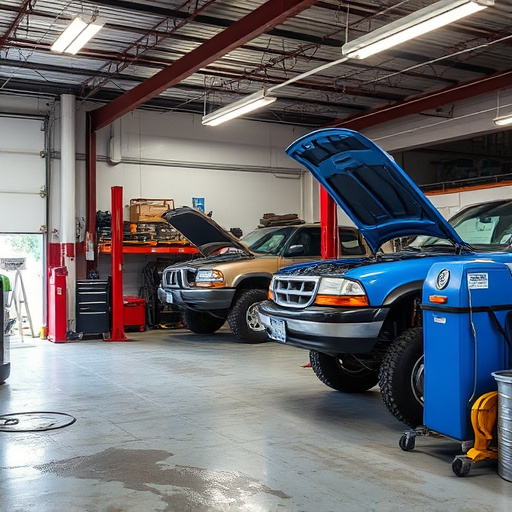
Repairing a Mercedes ventilated seat after an update to its climate system can be a straightforward process with the right guide. Here’s a step-by-step repair guide designed specifically for this task. Begin by ensuring your vehicle is parked in a well-ventilated area, as the repair involves working with various components and chemicals. Next, locate the ventilation module, typically found near the passenger seat or within the car’s interior control panel. Disconnect the power source to avoid any short circuits during the process.
With safety precautions in place, you can now begin disassembling the seat. Remove the seating cushion and identify the vents and their corresponding controls. These are usually connected by a network of wires and pipes. Carefully separate these components, taking note of their placement and connections. Once disconnected, inspect each part for any damage or wear. Replace any faulty parts, ensuring compatibility with your Mercedes model. Reassemble the seat, reconnecting the power source and testing the functionality of the ventilation system before final installation. This meticulous approach ensures a smooth Mercedes ventilated seat repair process, keeping your vehicle comfortable and up-to-date.
Upgrading your Mercedes’ climate system can enhance comfort, but it may also present challenges, particularly with the ventilated seats. Common issues post-update include reduced cooling performance and control functionality. This article has provided a comprehensive guide to diagnosing and repairing these problems through a step-by-step process. By following this repair manual, you can restore your Mercedes’ ventilated seats to their optimal condition, ensuring a refreshing and controlled driving environment. For any complex repairs, always consult a professional mechanic specializing in Mercedes ventilated seat repair.

